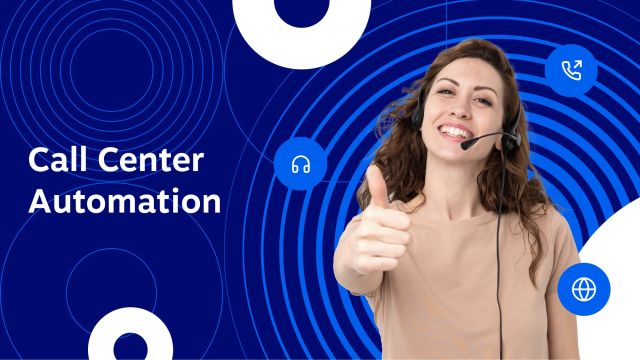Call centers are often bogged down by repetitive, mundane tasks that drain agents’ time and patience, leading to frustration, burnout, and long customer wait times. But a simple solution can alleviate these pain points: call center automation.
You might wonder, “How can I leverage automation to free up my team and elevate the customer experience?”
Through advanced features and automation tools readily available in modern call center software. Many of these powerful capabilities are likely already built into your existing contact center platform, waiting to be unlocked and optimized.
This comprehensive guide will walk you through call center automation, its benefits, and key use cases, and provide actionable steps to kickstart your journey toward a more efficient, customer-centric, and future-ready call center.
What Is Call Center Automation?
Call center automation refers to using technology to automate repetitive tasks within a call center, allowing human agents to focus on more complex issues. This can involve automating customer interactions, as well as back-office tasks like scheduling and reporting.
How does it work?
Automated call centers use AI and machine learning behind the scenes. AI powers chatbots, interactive voice response (IVR) systems, virtual assistants, and sentiment analysis to handle routine inquiries, reduce agents’ workload, and personalize customer interactions.
Machine learning analyzes data to automate tasks like call routing, predicting call volume, and even suggesting solutions to agents, reducing their workload and helping them focus on more complex issues.
Automation features in call center solutions streamline call center operations, enhance efficiency, and provide a superior customer journey.
When automating your call center, balance automation and human interaction. Call center automation should complement, not replace, the human touch in customer service.
Key Benefits of Call Center Automation
Call center automation uses advanced technologies to automate repetitive tasks and processes. Here are some key benefits of automating a call center:
📈 Improved efficiency and productivity
Automation reduces mundane tasks for agents, allowing them to focus on more complex customer interactions.
Intelligent call routing increases first-call resolution rates. Self-service options empower customers to address simple requests without agent involvement.
By freeing up time from routine queries, agents can be cross-trained and upskilled, improving agent performance, promoting career growth, and enhancing overall employee satisfaction.
✅ Enhanced customer experience
Faster response times, reduced wait times, seamless call routing, and 24/7 self-service for customer inquiries improve customer satisfaction.
Automation eliminates the frustrating experience of being passed between multiple agents across departments. Instead, callers are efficiently routed to the appropriate skilled agent to have their issue resolved on the first call.
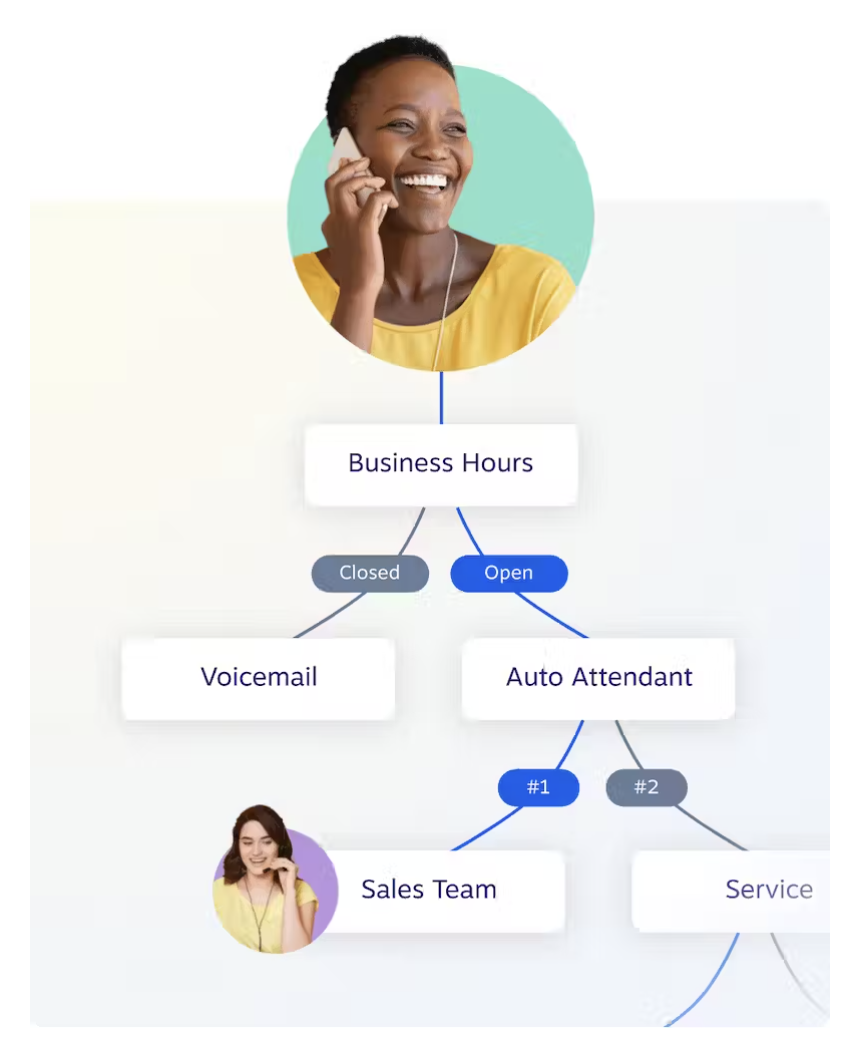
💰Reduced operational costs
Call center automation drives significant cost savings through reduced labor requirements for handling basic inquiries.
With automated self-service and intelligent routing in place, businesses need fewer agents. The agents that remain can be up-skilled to take on more high-value roles.
Automation also enables data-driven workforce management, allowing companies to accurately forecast staffing needs and optimize staffing levels based on real-time data — avoiding over or understaffing.
Lower labor costs, staffing efficiencies, and cross-trained employees translate into substantial operational cost savings.
📊 Data collection and analytics
Automated processes continuously gather comprehensive data across all customer interactions and channels. This holistic data provides granular insights into customer behavior, needs, preferences, pain points, and reasons for contacting support.
With contact center analytics, businesses can optimize processes, expand self-service offerings, identify training gaps, uncover new sales opportunities, and make data-driven decisions to improve products, services, and the overall customer experience.
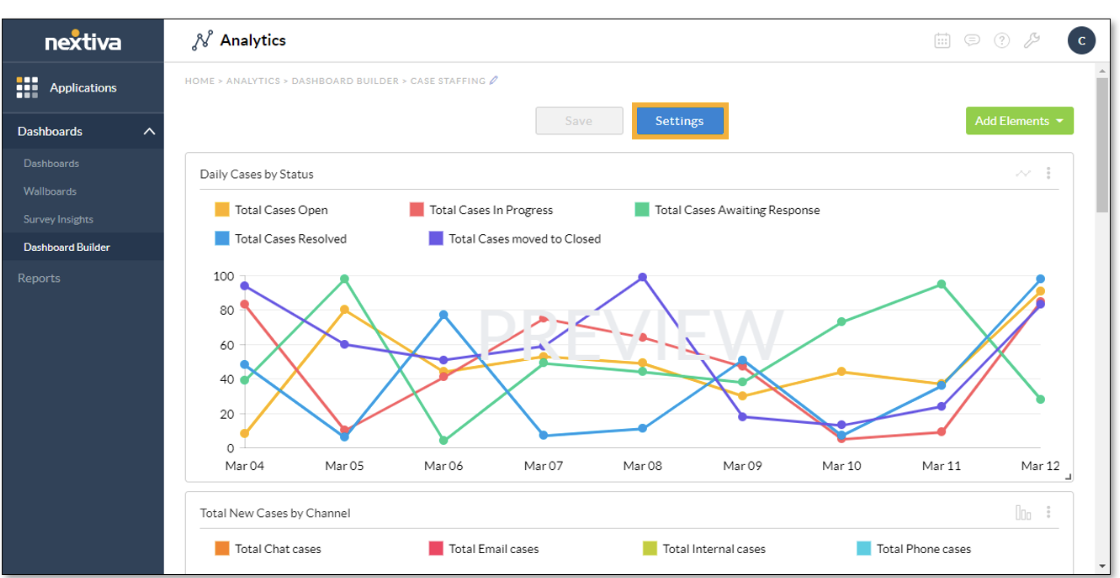
📉 Better scalability
Call center automation helps businesses keep up with growth and demand fluctuations. Technologies like chatbots, voice bots, and self-service portals can seamlessly absorb spikes in inquiry volumes without impacting service quality.
No need to scramble and hire temporary staff during busy seasons. Automated systems flex capacity up or down as needed. Callers can still self-serve or receive personalized agent service despite surging demand.
☎️ Consistent customer service
With automation, every customer interaction follows the same paths, protocols, scripts, and unified knowledge base. This ensures a consistently professional and predictable experience across all channels and touchpoints. There is no variance in service quality based on the individual agent.
Automated processes eliminate human errors in data entry or missing steps. This reliability builds strong customer relationships, trust, and brand loyalty over time.
Types of Contact Center Automation
Before we jump into key call center automation tools and technologies, let’s overview six key types of automation to use:
1. Forecasting automation
Uses historical data and other factors to predict call volume and agent needs. This helps call centers staff appropriately and avoid long wait times for customers.
Example: Retailers can predict call volume during peak holiday seasons or after product launches.
2. Workflow automation
Automates repetitive tasks that agents perform, such as data entry, sending emails, and scheduling appointments. This frees up agents’ time to focus on more complex customer interactions.
Example: Hospitality companies can automatically send flight confirmations, hotel booking details, or itinerary changes.
3. Automated agent guidance
Provides real-time assistance to agents while they interact with customers. This can include suggesting knowledge-based articles, providing scripting guidance, and even offering next-best-action recommendations.
Example: Healthcare firms can recommend treatment protocols or suggest relevant health information based on patient inquiries.
4. Sales and marketing automation
Streamlines the sales and marketing processes for call center agents by automating tasks such as lead qualification, appointment scheduling, and follow-up emails.
Example: Finance companies can automate lead qualification for new credit card applications or schedule follow-up calls for wealth management services.
5. Scheduling automation
Automates scheduling customer calls based on predefined criteria, such as the customer’s availability and the urgency of their issue.
Example: Educational institutions can let students schedule meetings with academic advisors online.
6. Robotic process automation (RPA)
Software robots handle back-office tasks, seamlessly integrating with various CRM systems and databases.
This can include automatically pulling up customer information, account details, or past interaction history, reducing call handling time. It also automates tasks related to data security, audit trails, and generating reports, ensuring adherence to regulations.
Example: For utilities, RPA can automatically retrieve account details or complete meter data verification during customer interactions.
Technologies for Call Center Automation
Based on the types above, various call center technologies have popped up that automate many contact center tasks for you. Here are some key automation tools to look for in call center software.
1. Interactive voice response (IVR) systems to simplify call routing
IVR systems use pre-recorded voice prompts and touch-tone or speech recognition to interact with callers. They can provide information, capture data, and route calls based on the caller’s responses.
An optimized IVR system can significantly improve the customer experience by quickly directing them to the right department, information, or self-service options, reducing agent involvement in basic inquiries.
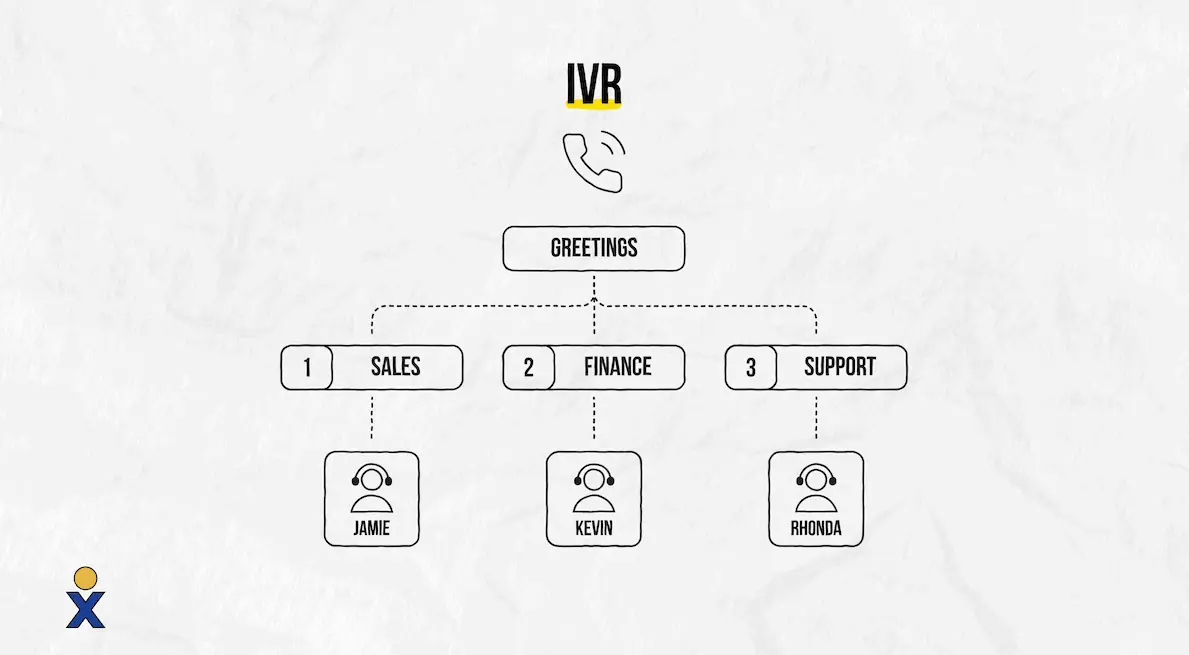
2. Automatic call distributors (ACDs) to route calls to the right agents
ACDs are intelligent call-routing systems that distribute incoming calls to available agents based on predefined rules and criteria. They consider factors such as agent skills, language proficiency, call priority, and customer value when routing calls.
Automatic call distribution uses various distribution methods like fixed order, talk-time-based, uniform, round-robin, or simultaneous routing making sure the most suitable agent handles each call. This call center automation tool improves efficiency, reduces wait times, and enhances customer engagement.
When you use ACD and IVR together, you free up agents from doing the transferring and letting customer input and automation do the legwork.
3. Chatbots and virtual assistants to field basic inquiries
Chatbots are computer programs that simulate human conversation, typically through text-based interactions. They use predefined scripts or machine learning algorithms to understand and respond to customer inquiries.
By creating a database of FAQs, you can use your chatbot as your first line of defense and keep your agents free for more complex inquiries. If the chatbot can’t solve an issue, customers can talk to a human at any time.
Virtual assistants, also known as intelligent virtual agents (IVAs) or conversational AI, take this a step further by using natural language processing (NLP) and machine learning to understand the context and provide more natural and personalized interactions, similar to speaking with a human agent.
Virtual assistants can walk through entire customer accounts, access information and documents, and cross-reference with any integrated systems.
In fact, e-commerce giants, such as Amazon and Walmart, use IVAs in their apps (also known as conversational AI) to answer pricing questions, track orders, and provide personalized recommendations. And they do so 24/7, improving accessibility and convenience for their customers.
4. SMS-based solutions to provide proactive reminders
SMS-based solutions leverage the familiarity and convenience of text messaging to provide customers with timely and unobtrusive notifications, updates, and reminders.
These include appointment confirmations, shipping status updates, promotional offers, or even basic inquiries. This offers a good and more cost-effective solution to using an outbound dialer.
Helping customers receive and respond to information at their leisure, SMS solutions improve engagement, reduce no-shows, and provide an additional channel for customer communication.
5. Self-service portals to give customers choice
Self-service portals are secure online platforms for customers to access their accounts, view information, make transactions, and resolve customer issues without direct agent assistance.
These portals can be integrated with knowledge bases, FAQs, and chatbots or virtual assistants to provide a comprehensive self-service experience.
Empowering customers to handle their own inquiries, self-service portals reduce the workload on agents and improve customer convenience and satisfaction.
6. Knowledge bases and FAQs to reduce support tickets
Knowledge bases and FAQs are repositories of information, solutions, and best practices related to products, services, or processes.
Customers, partners, and agents can use them to find answers to common questions or troubleshoot issues.
Knowledge bases provide comprehensive and easily accessible resources, helping businesses reduce repetitive customer queries, improve self-service capabilities, and ensure consistency in the information provided to customers and partners.
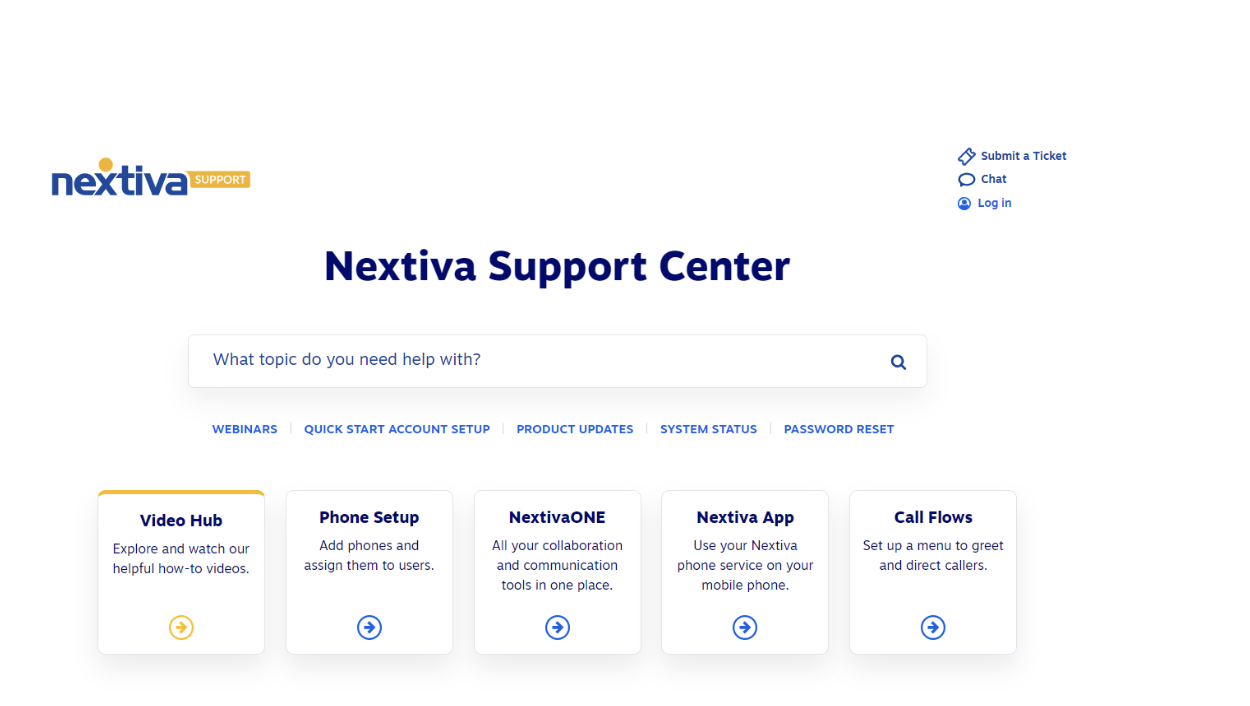
7. Automated email responses to keep customers updated
HubSpot found that 90% of customers rate immediate responses as important or very important.
Automated email responses are pre-configured messages automatically sent to customers or inquirers upon specific triggers, such as submitting a support request or reaching a particular stage in a process.
These responses provide immediate acknowledgment, set expectations for response times, offer relevant self-service resources, and include personalized information like ticket numbers or account details.
Automated email responses improve customer satisfaction by providing timely updates and reducing the perceived wait time for human intervention.
Contact Center Automation Challenges
Call center automation promises efficiency and improved customer service, but it’s not without its challenges. Striking the right balance is key.
Here’s a breakdown of the key challenges and considerations to keep in mind:
💡Understanding customer needs
One hurdle is ensuring automation meets customer needs.
Chatbots and virtual assistants may struggle with complex issues or frustrated callers who crave human interaction. Imagine a customer calling about a lost package — an automated system might not be able to handle the emotional aspect or navigate the intricacies of the situation.
⚙️ Technology and Implementation
Technology itself presents challenges. Setting up automation can be expensive, and even the most advanced systems aren’t perfect. Speech recognition and natural language processing can lead to misunderstandings, requiring ongoing development and fine-tuning.
⚖️ People and change management
People and change management are also crucial. Agents might worry about job security, so it’s important to focus on reskilling them for more complex interactions that automation can’t handle. Change itself can be disruptive, so clear communication and training are essential for agent buy-in.
📑 Data and compliance
Beyond the immediate challenges, data security, privacy, and regulatory compliance must be considered. Customer data needs robust protection, and call centers must adhere to industry regulations on robocalls and data privacy laws like HIPAA compliance.
Successful call center automation requires careful planning, addressing these challenges, and finding the right balance between automation’s efficiency and the irreplaceable value of human interaction in delivering positive and exceptional customer experiences.
This brings us to..
Best Practices for Implementing Call Center Automation
According to McKinsey, around 30% of customer service tasks can be confidently automated. However, the over-automation of your call center may introduce negative results.
When automating tasks within your call center, consider the following:
⭕️ Understand your customer journey
Thoroughly analyze your customer journey to identify the touchpoints where automation can streamline processes, improve efficiency, and enhance the customer experience. This insight will determine the most appropriate automation solutions and where to implement them.
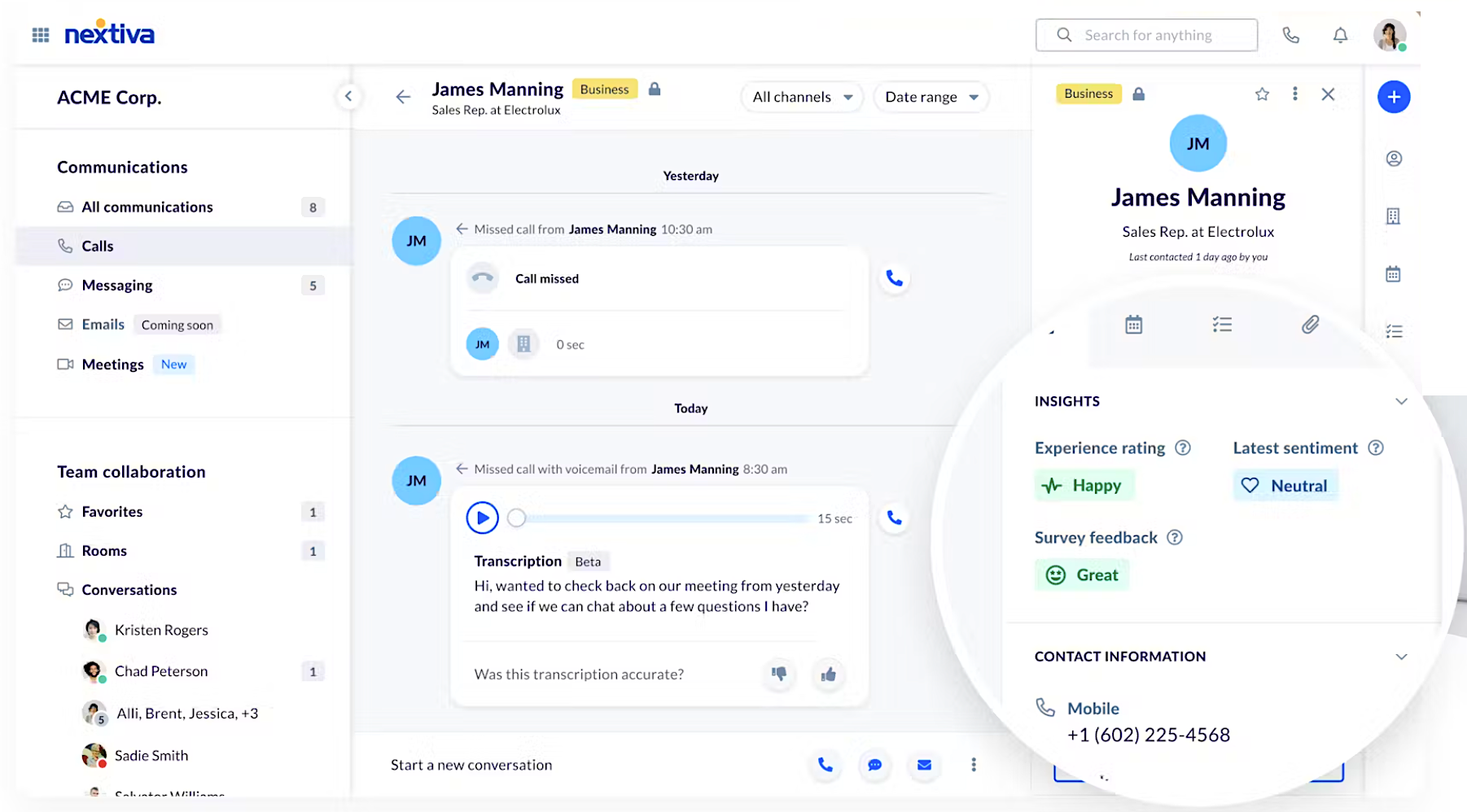
⭕️ Prioritize customer experience
While automation improves operational efficiency, it should never come at the expense of customer satisfaction. Ensure that the implemented solutions provide a seamless and personalized customer experience, addressing their needs promptly and accurately.
⭕️ Choose the right technologies
You need to choose the right call center automation solutions for successful adoption. Here are some points to consider when choosing a call center automation software.
- Evaluate potential vendors’ expertise, customer support, and ability to meet your current and future needs.
- Ensure the automation solutions seamlessly integrate with your existing systems and tools for a consistent experience.
- Choose flexible platforms that scale and adapt as your organization grows and requirements change. The technologies should be user-friendly and intuitive for both customers and agents.
- Prioritize solutions that comply with relevant regulations and security standards for your industry.
- Consider the total cost of ownership, including implementation, maintenance, and support, as well as the potential return on investment.
- Conduct limited trials or proof-of-concept implementations before full-scale deployment to assess the effectiveness of the chosen technologies.
⭕️ Implement gradually
Instead of a complete overhaul, consider a phased approach to implementing call center automation. Start with pilot projects, gather feedback, and refine the solutions before rolling them out across the entire organization. This approach minimizes disruptions and allows for continuous improvement.
⭕️ Train and support employees
Ensure that your call center agents are thoroughly trained on the new automated systems and processes. Provide ongoing support and resources to help them effectively leverage the automation tools and ensure a smooth transition.
⭕️ Monitor and optimize
Continuously monitor the performance of the automated systems, gather customer feedback, and analyze data to identify areas for improvement. Refine and optimize the solutions based on these insights to maintain high levels of customer satisfaction and operational efficiency.
Focus on key call center metrics like customer satisfaction (CSAT, Net Promoter Score (NPS), first-call resolution rates), operational efficiency (average handle time, accuracy rate, throughput, error rate, uptime), and data analytics (user engagement) to pinpoint areas for improvement and ensure an automated system that’s both user-friendly and runs smoothly.
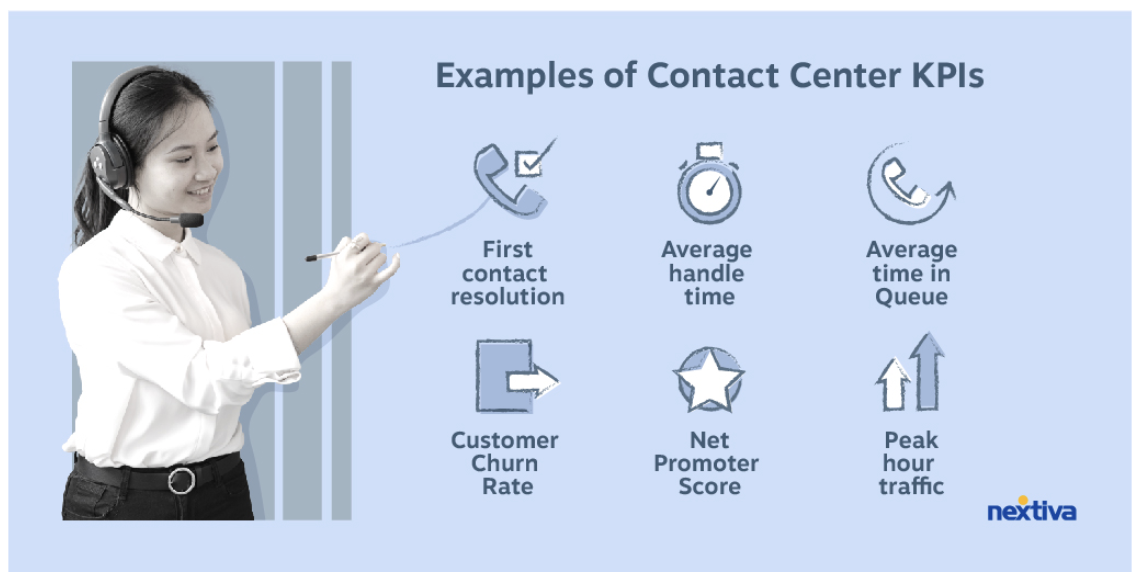
⭕️ Maintain human oversight
While automation can handle many routine tasks, it’s crucial to maintain human oversight and intervention capabilities. Ensure that customers can seamlessly escalate to a live agent when needed, particularly for complex or sensitive issues.
Automate Time-Consuming Tasks With Nextiva
Call center automation is a journey, not a destination. As technology evolves, so too will the capabilities of automation tools. And Nextiva understands that.
Nextiva’s call center and contact center software enables businesses to create a future-proof customer service experience.
Seamlessly integrating AI-powered features like chatbots and intelligent call routing, Nextiva automates repetitive tasks, freeing agents to focus on creating happier customers.
Nextiva goes beyond simple automation. Its software provides real-time data and analytics, so call center leaders can continuously refine their strategies and create a seamless customer journey.
Start with automating basic tasks and watch your first-call resolution rates soar.
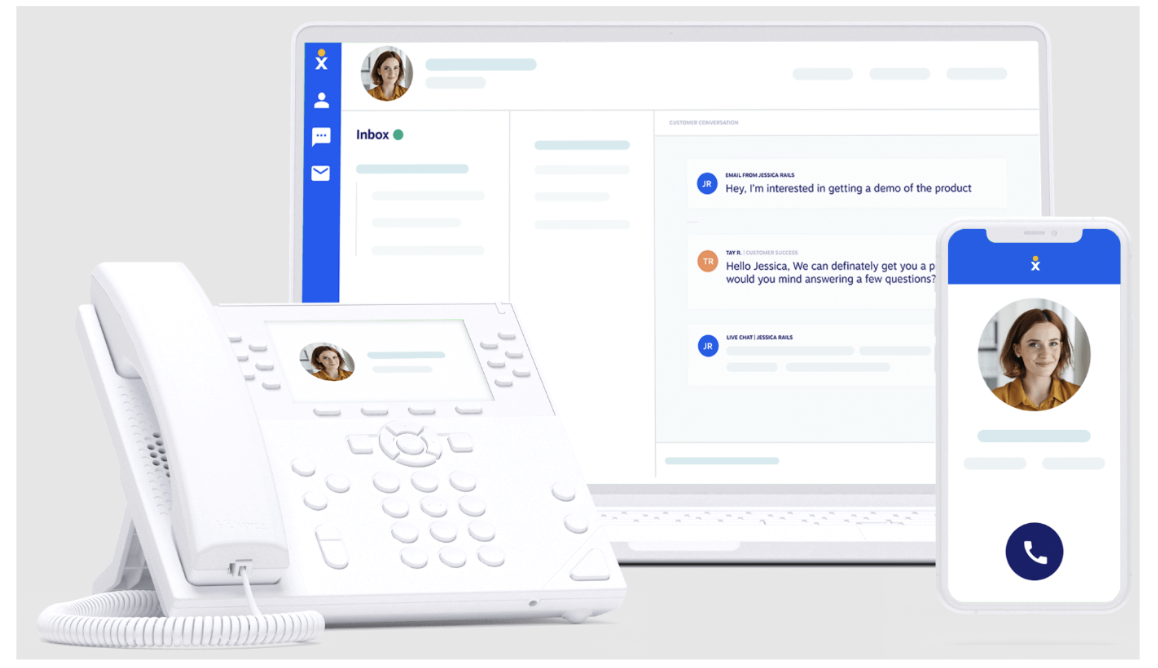
Call Center Automation FAQs
Want to know more? Read some frequently asked questions about automating call centers.
Call center automation is not meant to replace human agents entirely. Instead, it is designed to complement human interaction by handling routine tasks and allowing agents to focus on more complex issues that require a human touch.
There are several call center automation solutions available, from simple IVR systems to complex AI-powered chatbots. The best solution for your business will depend on your specific needs and budget.
Carefully evaluate your options and develop a plan to ensure a smooth transition for both your agents and customers. Nextiva offers both call and contact center options to help you choose the one that best fits your needs. Read the difference here to see which solution works better for you.
Here are some recent contact center automation trends to look out for:
– Smarter bots with generative AI: AI-powered chatbots that can handle complex issues, personalize responses on the fly, and even predict customer needs.
– Omnichannel contact centers: Customers can now switch between phone, chat, social media, and more, with a smooth, connected experience throughout.
– Personalized service at scale: Using data and AI, contact centers are tailoring interactions to each customer, offering targeted recommendations and support.
– Natural IVRs for easier self-service: IVR systems are getting smarter, allowing for natural conversation and making self-service a breeze.
– Automatic speech recognition: Converting spoken words to text allows for faster data entry and improved agent productivity.


